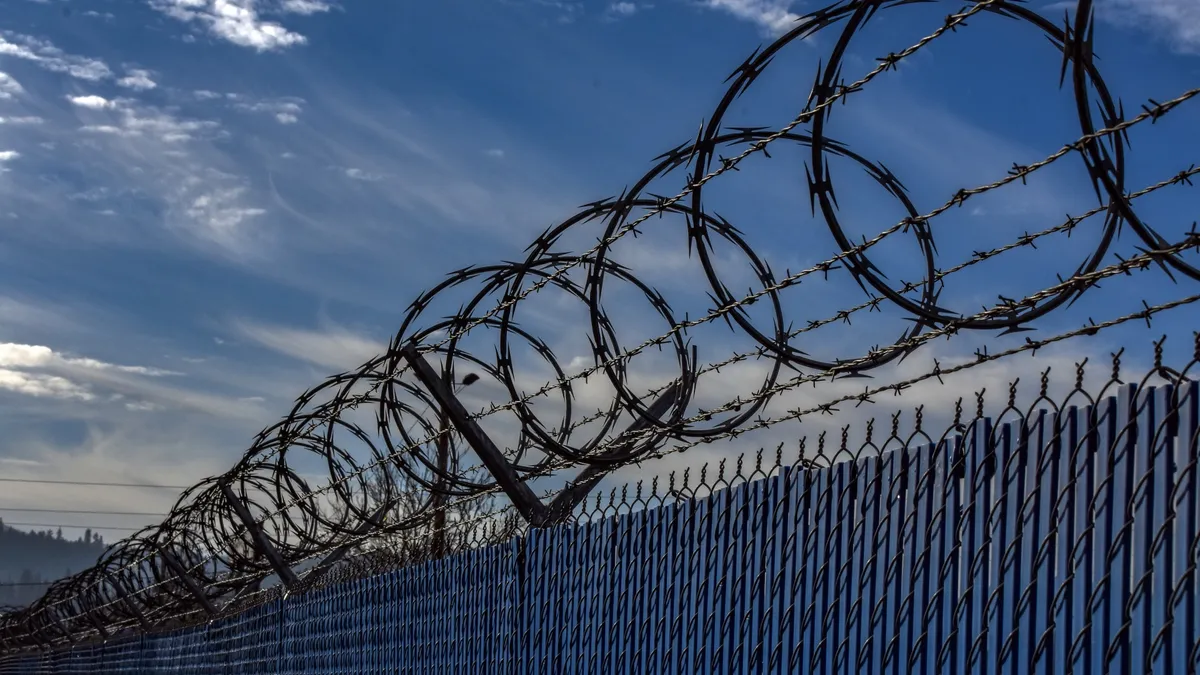Dive Brief:
- Postsecondary education can be a critical tool in reducing recidivism rates and improving local economies, but there is a dearth of research on educational outcomes for incarcerated people, contends a wide-ranging new report from Ithaka S+R.
- Barriers to accessing postsecondary education in prison include limited funding, eligibility restrictions and a lack of buy-in from correctional facilities, the report notes.
- The authors urge policymakers and others to conduct more detailed research on the postsecondary education outcomes of incarcerated individuals and increase their access to credit-bearing education.
Dive Insight:
Postsecondary education in prison is linked to reduced recidivism rates, yet only 9% of people earn a credential while incarcerated, the report notes. Its authors contend that more research and access to prison education could have broad benefits.
"Ultimately, investing in the educational outcomes of incarcerated individuals serves the public good by providing people with the tools to reach their full potential, give back to their communities, and contribute to the democratic mission of our society, which in turn reduces crime and controls the cost of corrections," they wrote.
The reasons for poor access to education for prisoners are numerous. For one, there is relatively little federal funding available for the size of the prison population, which hovers around 1.5 million people. Additionally, students may often be ineligible for funding for not having access to their Social Security numbers, having defaulted on a loan or not registering for the Selective Service.
Even once incarcerated students enroll in prison education, several barriers remain. For example, if a student is transferred while in a program, it could effectively end his or her education. And often, the limited technology available to prisoners can pose a challenge to the instructors teaching the courses.
A U.S. Department of Education pilot program is underway to measure the impact of giving people in prison access to Pell Grants. Called Second Chance Pell, the program has allowed up to 12,000 prisoners to access Pell Grants since it was announced in 2015, according to the department.
Last month, the Ed Department announced it is expanding the program to include more institutions, which will help the agency evaluate its effectiveness. So far, people in prison have earned 23 bachelor's degrees, 230 associate degrees and 701 certificates through the program.
Yet little is known about program-level data and student outcomes, said Meagan Wilson, a senior analyst at Ithaka S+R and a co-author of the report. "We really need to step back and evaluate program metrics before we start putting all of these policies into place that might be detrimental to access and success."
Second Chance Pell may prove to be one of the best options for collecting better data on prison education, but the Ed Department did not establish a formal evaluation process for the program, the authors note.
Even so, participating institutions have been required to keep some data that can be used to evaluate student outcomes, Wilson said. "This (data collection) is something that we need now more than ever," she added.










